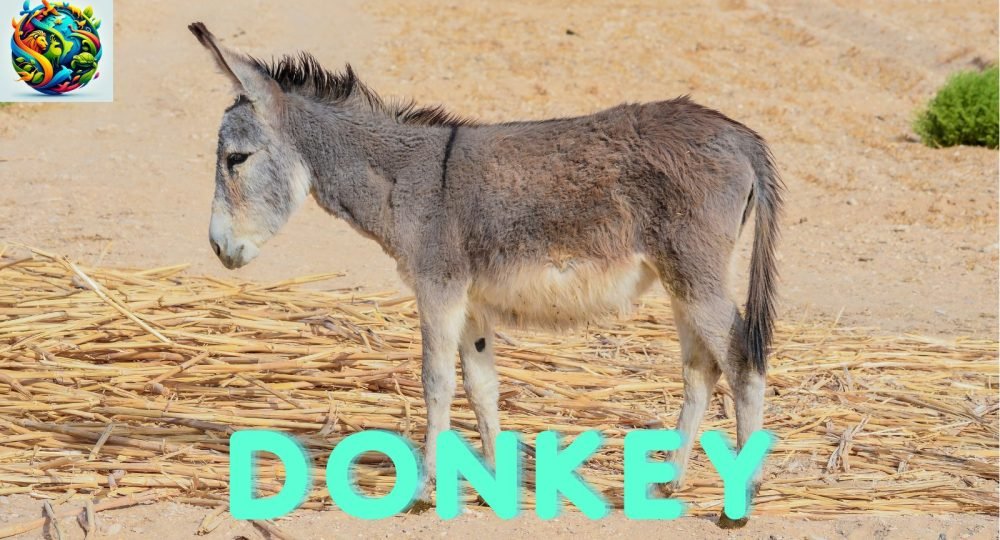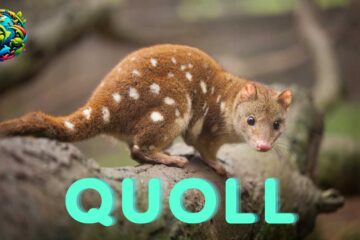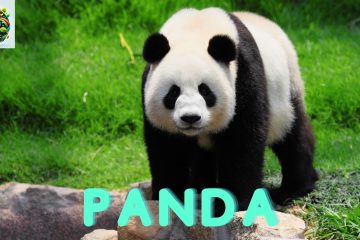Donkeys: The Enduring Beast of Burden

Donkeys: The Enduring Beast of Burden
Donkeys, known for their resilience and hardworking nature, have been an integral part of human civilization for millennia. Serving as beasts of burden, donkeys (Equus asinus) are valued for their ability to carry heavy loads across rugged terrains, their companionship, and their role in agriculture and transportation. This article explores the fascinating world of donkeys, shedding light on their characteristics, habitat, and the significant roles they play in various cultures around the globe.
Introduction
Domesticated from the African wild ass approximately 5,000 years ago, donkeys have adapted to various environments worldwide. With their patient demeanor and sturdy constitution, they have become indispensable to humans, especially in rural and developing regions where mechanized vehicles are less accessible.
Amazing Fact
They have an incredible memory, enabling them to remember places, paths, and other donkeys and humans they have not seen for up to 25 years. This remarkable memory aids them in navigating difficult terrain and forming strong bonds with their companions.
Habitat/Food
They are highly adaptable animals that can live in a range of environments, from arid deserts to mountainous regions. They primarily feed on grasses and other vegetation, utilizing their efficient digestive systems to thrive on sparse and fibrous plant material that many other domesticated animals cannot digest.
Appearance
They vary widely in size and color, depending on the breed and environment. They typically have long ears, which help with cooling in hot climates, a short mane, and a coat that can range from gray to brown, black, and even white. They are also known for their distinctive “hee-haw” bray.
Types and subspecies of Donkeys
While they belong to the species Equus asinus, there are several breeds. Each with unique characteristics suited to their environment and the work expected of them. Some well-known breeds include the sturdy American Mammoth Jack, the small and resilient Mediterranean Miniature, and the large and strong Poitou donkey from France.
Zonkey: The Unique Hybrid of Zebra and Donkey
A zonkey is a rare hybrid animal resulting from the crossbreeding of a zebra and a donkey. Known for their striking appearance, which blends the physical characteristics of both parents, zonkeys inherit the distinctive striped patterns of zebras and the body shape and size of donkeys. This article explores their fascinating world, including their characteristics, habitat, behavior, and the implications of their hybrid status.
Predator and Threat
In the wild, they face threats from predators such as wolves, coyotes, and large cats. However, the more significant threats to them come from human activities, including habitat loss, overwork, and neglect. Additionally, the global skin trade poses a severe risk to their welfare and survival, driven by the demand for ejiao, a traditional Chinese medicine.
Social Structure
They are highly social animals that form close-knit groups when given the opportunity. They communicate with each other through vocalizations, body language, and grooming. Social bonds are crucial for their mental and physical well-being; they often form strong attachments to other donkeys, animals, and humans.
Conservation and Welfare
Efforts to protect them focus on improving their living conditions, promoting humane treatment, and providing proper veterinary care. Organizations worldwide advocate for the welfare of working donkeys, offering education and resources to owners on proper care and management.
Pronunciation in Different Languages
The word “donkey” is known in many languages, reflecting its widespread domestication and use.
- Spanish: burro
- French: âne
- Mandarin: 驴 (lǘ)
- German: Esel
- Arabic: حمار (hamar)
They continue to serve humanity faithfully, offering more than just labor; they provide companionship and enrich the lives of those who care for them. Recognizing their contributions and ensuring their well-being is essential for the continued harmony between humans and these steadfast animals.
FAQs
How long can they live?
- Answer: They have a long lifespan, often living 25 to 30 years, with some individuals reaching over 40 years under good care.
Can donkeys and horses mate?
- Answer: Yes, donkeys and horses can mate to produce offspring known as mules (from a male donkey and female horse). Also hinnies (from a female donkey and male horse). These hybrids are usually sterile.
Why are they important in developing countries?
- Answer: In developing countries, they are vital for transportation, agriculture, and carrying goods and water. They provide a sustainable and affordable alternative to vehicles, especially in remote and rural areas.
How can I help improve their welfare?
- Answer: Supporting animal welfare organizations, advocating for laws that protect them from abuse and exploitation, and educating others about the importance of donkeys can all contribute to improving their welfare.






